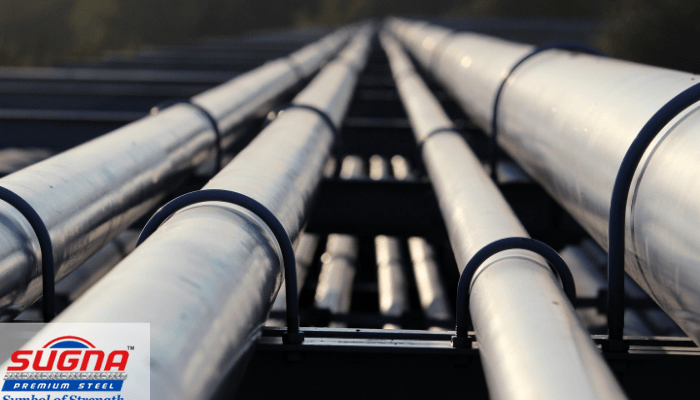India became the world’s second-largest producer of crude steel in 2017, surpassing Japan, according to a World Steel Association report.
India’s production of crude steel was at 28.3 million tons (MT) in 2017, behind China and the United States which produced 770 MT and 88 MT respectively. India’s production made up 9% of global production and it is expected to reach 12% by 2027.
One report states that a number of significant developments have contributed to India reaching this milestone. A number of significant developments include the introduction of new technologies, technical innovation, increased investment, and the reduction in water requirements.

The Indian steel industry has undertaken significant initiatives to reduce production costs and bring down production times. The Indian Steel Industry has implemented a number of measures including:
Char level reduction
Reducing the char level in steel by technology (dry sinking), India achieved a production time reduction of 6 days with a saving of USD 100 million per year. These steps have helped achieve quality improvement and cost savings.
Reducing the necessity of Green support
India is further focusing on reducing the necessity to have green support with their new technologies (addition of higher grade slag to cement) in which they are testing the AGC process transforming the quality profile while simultaneously reducing cost.
Innovation
There has been rapid development of new technologies by the industry. The industry is also focusing on overcoming regulatory barriers, increasing productivity, exploring alternative energy sources for heat, etc.
Research
India is currently focusing on investing in research and development programs that will include the introduction of advanced steel-making techniques like hot rolling and cold rolling.
Regulations on pollution
Motivated by demand and investment projections, the country’s steel industry has been aggressively gearing up for increased output with a view to reaching its target production capacity of 340 MT by 2023.
Even though there are many regulations in place to control pollution levels in India, they are slow to change due to the lack of implementation and enforcement capabilities at the local level where regulations are implemented.
There are a few regulations that have had a strong positive impact on the steel industry in India.
The Central Pollution Control Board (CPCB) introduced environmental norms for the process of making steel, making it imperative for all companies to follow them, and create a standard way of production. This has been one of the biggest contributors to the reduction of pollution levels in India.
Conclusion
The Govt. of India has introduced the new norms for reducing pollution levels in the steel industry which are being followed by most of the steel mills in India.
These include the introduction of technology to reduce pollution, the introduction of alternative energy sources for heat, and other processes steel industry has also been able to benefit from the Govt. of India’s free power policy. This is helping them implement more environmentally friendly technology
In response to domestic demand, many companies have established production facilities overseas in places such as Indonesia and Australia. This allows companies to avail cost-effective local facilities and reduce their overheads – making it cheaper to operate locally as opposed to setting up entirely new production plants overseas or globally.

